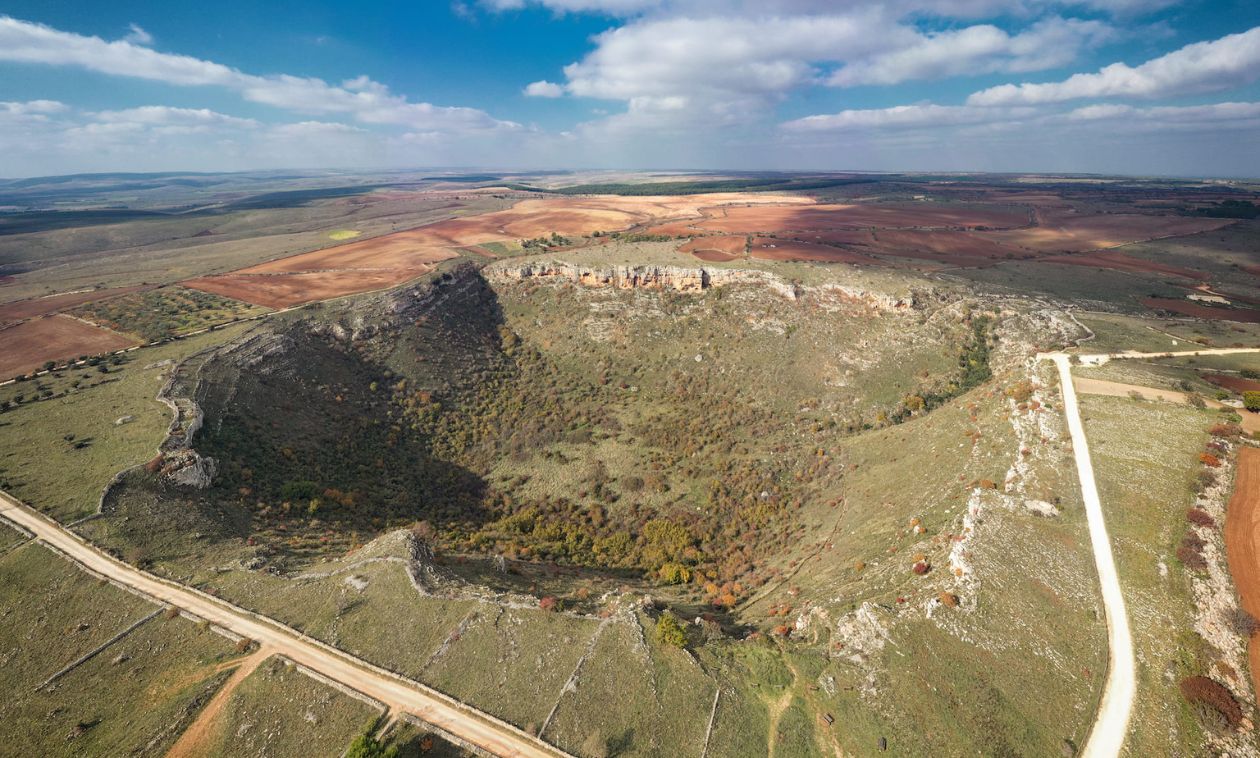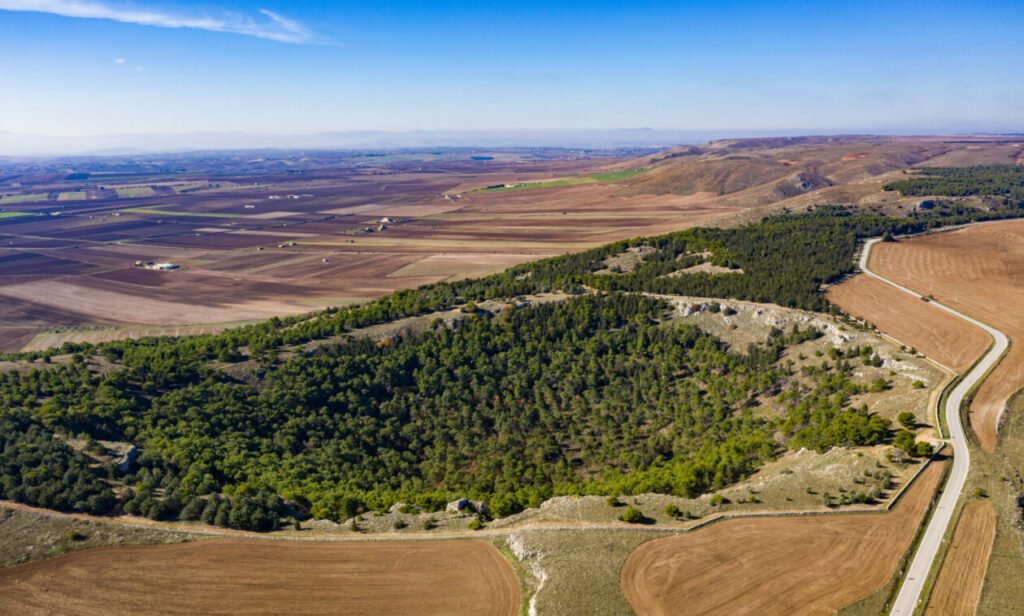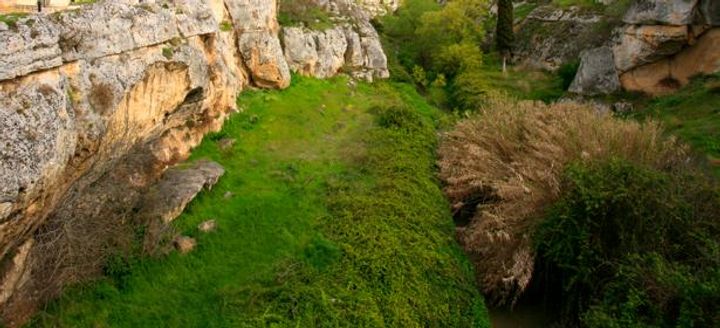Cart
10
Quantity
4,00 €
Quantity
18,00 €
Quantity
5,00 €
Quantity
4,00 €
Quantity
4,00 €
Quantity
4,00 €
Quantity
5,00 €
Quantity
4,00 €
Quantity
6,00 €
Quantity
16,00 €
Product You May Also Like
Payment details
Sub Total
98,00 €
Shipping
Free!
Total
98,00 €
Apply

 Taralli with Salento Dried Tomatoes
Taralli with Salento Dried Tomatoes
 Nula
Nula
 Sagnette Pasta
Sagnette Pasta
 Taralli all'Uvetta e Cipolla
Taralli all'Uvetta e Cipolla
 Hot Pepper Taralli
Hot Pepper Taralli
 Classic Taste Taralli EVO
Classic Taste Taralli EVO
 Raisin Wheat Orecchiette
Raisin Wheat Orecchiette
 Mustaccioli
Mustaccioli
 Olio d'Oliva E.V. 100 cl
Olio d'Oliva E.V. 100 cl
 Sciana
Sciana
























Leave a comment